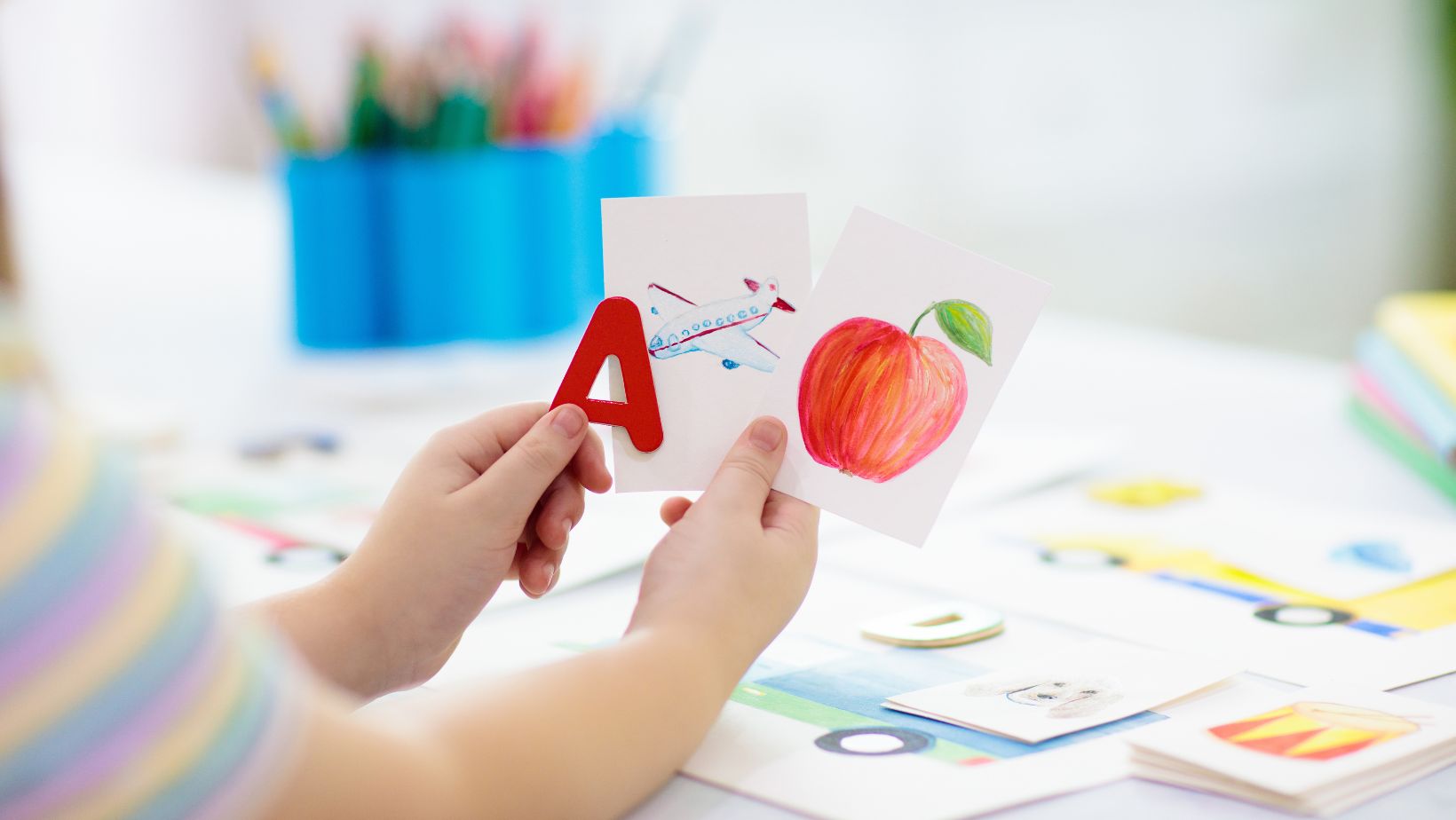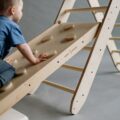Are you a parent or caregiver seeking effective ways to introduce phonics to your toddler? Look no further! In this article, I’ll share some valuable insights and tips on phonic activities that can help your little one develop their language skills and lay a strong foundation for reading and writing.
Phonics is a method of teaching children how letters sound and how they blend together to form words. It’s an essential component of early literacy education. Introducing phonics to toddlers at an early age can enhance their understanding of letter sounds, improve their vocabulary, and boost their overall communication skills.
One of the best ways to introduce phonic concepts to toddlers is through engaging games and activities. You can start by teaching them simple letter sounds using colorful flashcards or interactive apps specifically designed for young learners. Singing nursery rhymes with emphasis on letter sounds is another fun way to reinforce phonetic awareness in a playful manner.
By incorporating phonic activities into your toddler’s daily routine, you’ll not only make learning enjoyable but also stimulate their cognitive development. So, let’s embark on this exciting journey of introducing phonics to our curious little ones and watch as they become confident readers and communicators!

Phonic For Toddlers
Introducing phonics to your toddler is an exciting and important step in their literacy development. By teaching them the sounds of letters and how they combine to form words, you’re setting a strong foundation for their reading and writing skills. Here are some helpful tips on how to introduce phonics to your little one:
- Start with the basics: Begin by introducing the individual letter sounds to your toddler. Take it one letter at a time, focusing on clear pronunciation and repetition. For example, say “A says /a/, like in apple” or “B says /b/, like in ball.” Use visual aids like flashcards or alphabet books to make it more engaging.
- Make it multisensory: Toddlers learn best through hands-on experiences. Incorporate different activities that appeal to their senses while teaching phonics. For instance, encourage them to trace letters with their fingers, use tactile materials like playdough or sandpaper letters, or even create letter crafts using colorful paper.
- Play interactive games: Transform learning into playtime by incorporating fun phonics games into your daily routine. You could play “I Spy” where you focus on identifying objects that start with a specific sound (e.g., “I spy something that starts with /m/… moon!”). Or try making a scavenger hunt where your child has to find objects matching certain letter sounds around the house.
- Read aloud together: Reading aloud is an excellent way for toddlers to hear words being sounded out and understand the connection between written text and spoken language. Choose age-appropriate books that emphasize phonetic patterns or rhyming words, as these can help reinforce phonetic concepts in an enjoyable way.
- Practice blending sounds: Once your toddler has grasped a few letter sounds individually, you can gradually introduce blending exercises where they combine those sounds together to form simple words. Start with consonant-vowel-consonant (CVC) words like “cat” or “dog” and encourage your child to sound out each letter and blend them together.
Research suggests that a strong foundation in phonics during toddlerhood has long-term benefits that extend beyond elementary school years. Children who receive effective phonics instruction are more likely to become proficient readers and excel academically throughout their educational journey.
Remember, every toddler learns at their own pace, so be patient and supportive throughout the process. Keep the sessions short and enjoyable, and always praise their efforts. With consistent practice and a positive learning environment, you’ll be amazed at how quickly your little one picks up on phonics skills.
So get ready to embark on this phonics journey with your toddler – it’s an adventure that will open up a world of reading possibilities for them!
Jessica has a flair for writing engaging blogs and articles. She enjoys reading and learning new things which enables her to write different topics and fields with ease. She also strives to break down complex concepts and make them easy for anybody to comprehend.





